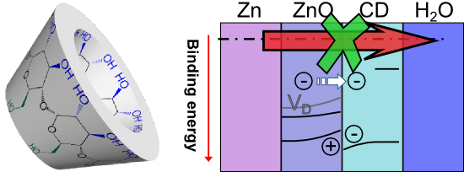Search results
Search for "aluminum alloys" in Full Text gives 2 result(s) in Beilstein Journal of Nanotechnology.
An iridescent film of porous anodic aluminum oxide with alternatingly electrodeposited Cu and SiO2 nanoparticles
Beilstein J. Nanotechnol. 2019, 10, 735–745, doi:10.3762/bjnano.10.73

- film that exhibited a rainbow effect and superior anti-corrosion performance. Keywords: aluminum alloys; anodic aluminum oxidation; interference-enabled color production; rainbow effect; structural color; Introduction Due to the low cost, high mechanical strength and ductility, and well-developed
- production procedures, aluminum alloys have been extensively used as nonferrous structural materials [1][2][3][4][5][6][7][8][9][10][11][12]. Aluminum alloys are generally prepared by doping aluminum with other elements at a low content [13]. Anodic aluminum oxidation processing and electrodeposition
- ]. To widen the spectrum of colors, many researchers turn to mimic the structural color from nature, which is expected as the origin for the artificial creation of multiple and stable colors existing on the surface of aluminum alloys [15][20]. Furthermore, their own characteristics of the structural
Cyclodextrin inhibits zinc corrosion by destabilizing point defect formation in the oxide layer
Beilstein J. Nanotechnol. 2018, 9, 936–944, doi:10.3762/bjnano.9.86

- , such as stainless steels or aluminum alloys [5]. Inhibitors may also actively participate in the electrode processes [1]. Corrosion inhibitors play an important role in mitigating corrosion, which causes huge economic losses [6]. The most potent corrosion inhibitors are based on carcinogenic Cr(VI



















